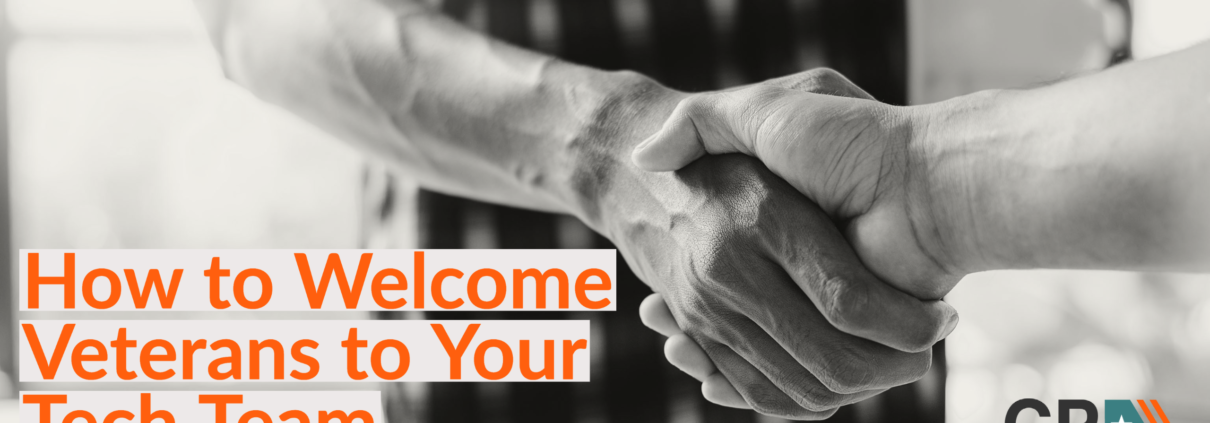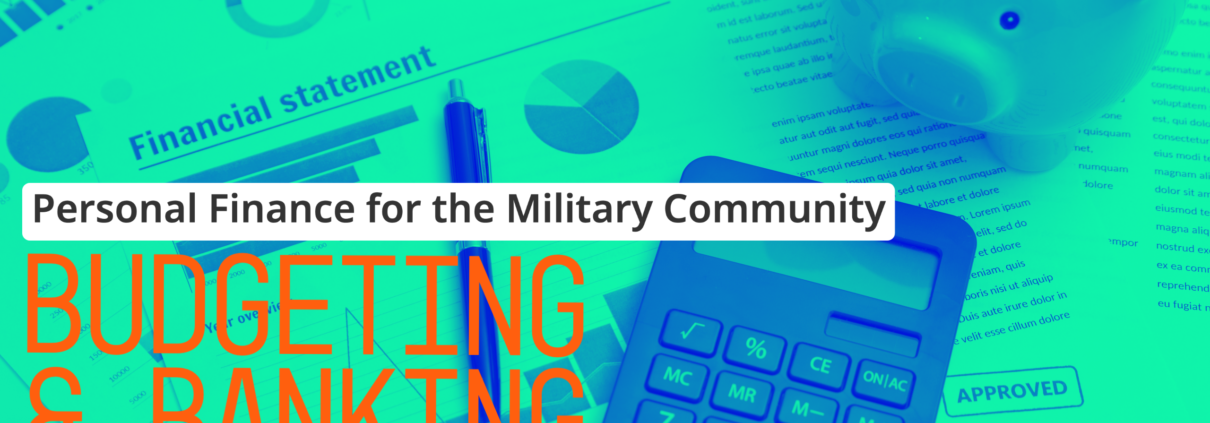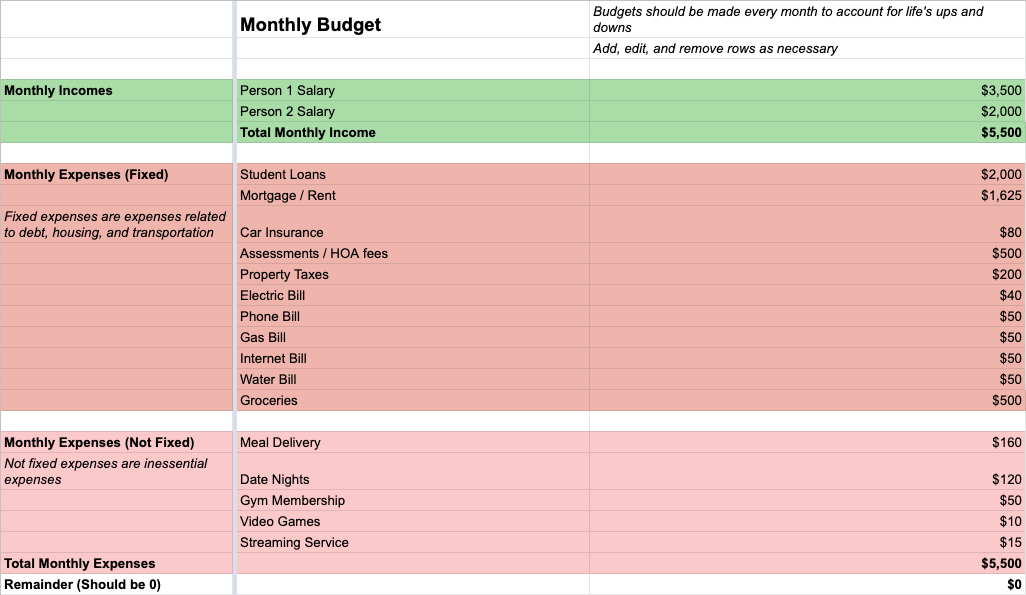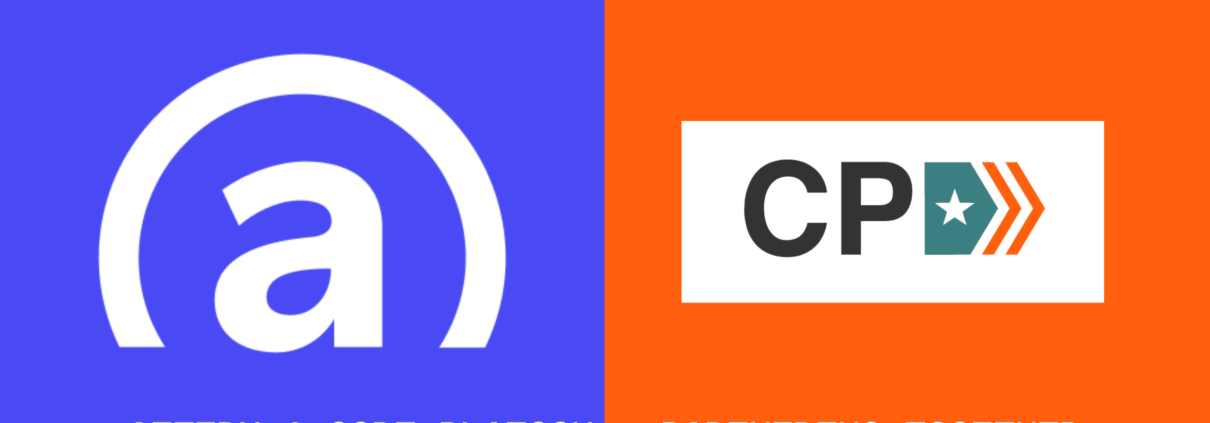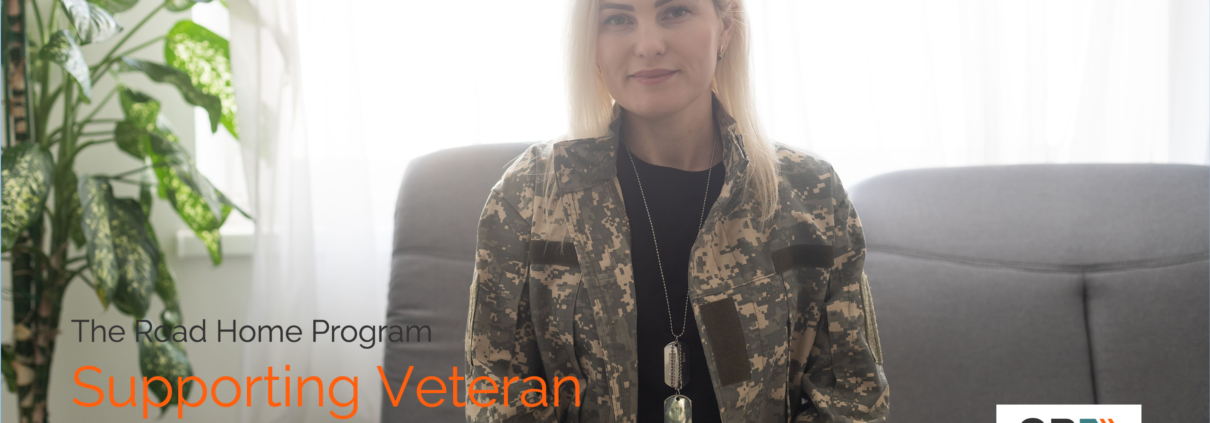Charlie Evening and Weekend Platoon Final Projects
On Saturday, July 16, twenty students graduated from Code Platoon’s Full-stack Software Engineering Bootcamp: Evening and Weekend program. As part of the ceremony, the new graduates showcased the web applications they developed with the skills they learned during the 28-week program.
Here are their tech demonstrations:
Our first group is TR-APP Job Tracking App. TR-APP is a web application for job seekers that organizes job posts, documents, and application reminders in one location. Users can search for and save job postings to their dashboard, set reminders for specific applications, and plan their commute to interviews with a Google maps integration and local weather data.
Check out TR-APP developed by Everett Yeckley, David Tetreau, Jorge Prias, Felipe Lopez, and Will Compton: two Army Veterans, an Air Force Veteran, a Marine Corps Veteran, and an Active Duty Servicemember in the Navy, respectively.
The next project is Through the Lifting Glass, a weightlifting team management app. Through the Lifting Glass lets coaches track their team rosters and lifting progress, schedule practices and lifting events on the calendar, post workouts and photos, and send messages to the team. Athletes can track their progress, view their teammates’ records, schedule team bonding events, and communicate with their teammates.
The team behind Through the Lifting Glass is Stephanie Lentell, Kevin Belk, Juan Laporte, Devin Glauner, and Melissa White: two Air Force Veterans, a Marine Corps Veteran, an Army Veteran, and an Army spouse.
Ahead of the Game is the third project in this showcase. Ahead of the Game users can find the game locations of their favorite baseball, hockey, and football teams. Users can schedule text notifications for each saved game, sync games to their Google Calendar, and join chats with other users planning to attend games.
Chris Hicks, Scott Rametta, Latasha Wise, Stephen Howard, and Dan Miller–an Active Duty Air Force Member, Navy Veteran, Army Veteran, Air Force Veteran, and Marine Corps Veteran– created Ahead of the Game.
The final project developed by Charlie E&W Platoon graduates is Parents-n-Parks. Parents-n-Parks connects local parents and families with similar interests. The App uses a Google Maps integration to find local events, family-friendly locations, and ratings while planning events. It allows users to send friend requests and invite each other to meetups.
Check out the Parents-n-Parks presentation by Tressa Sharma, Anthony Lemke, Josh Richardson, Ka Leung, and William Keirn, one Army and four Marine Corps Veterans, respectively.
Congratulations to the Charlie Evening and Weekend Platoon graduates! We’re proud of the creativity and skills demonstrated during this cohort’s final presentations.
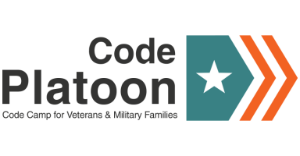

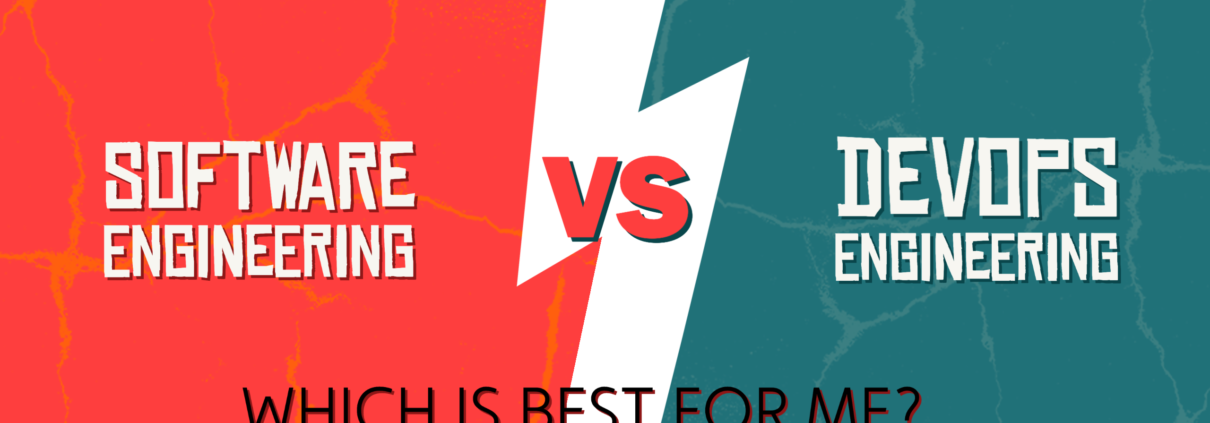
 But if you want this project to be done both well and efficiently, then you need what is called a feedback loop. It will not work to have a project initiator say, “I want this thing to do X” and then have engineers design it perfectly on the first try. You need the initial plan, feedback from engineers to inform that plan, response from the planner, and constant tweaks in that manner that form the cycle of feedback, planning, and implementation.
But if you want this project to be done both well and efficiently, then you need what is called a feedback loop. It will not work to have a project initiator say, “I want this thing to do X” and then have engineers design it perfectly on the first try. You need the initial plan, feedback from engineers to inform that plan, response from the planner, and constant tweaks in that manner that form the cycle of feedback, planning, and implementation. 